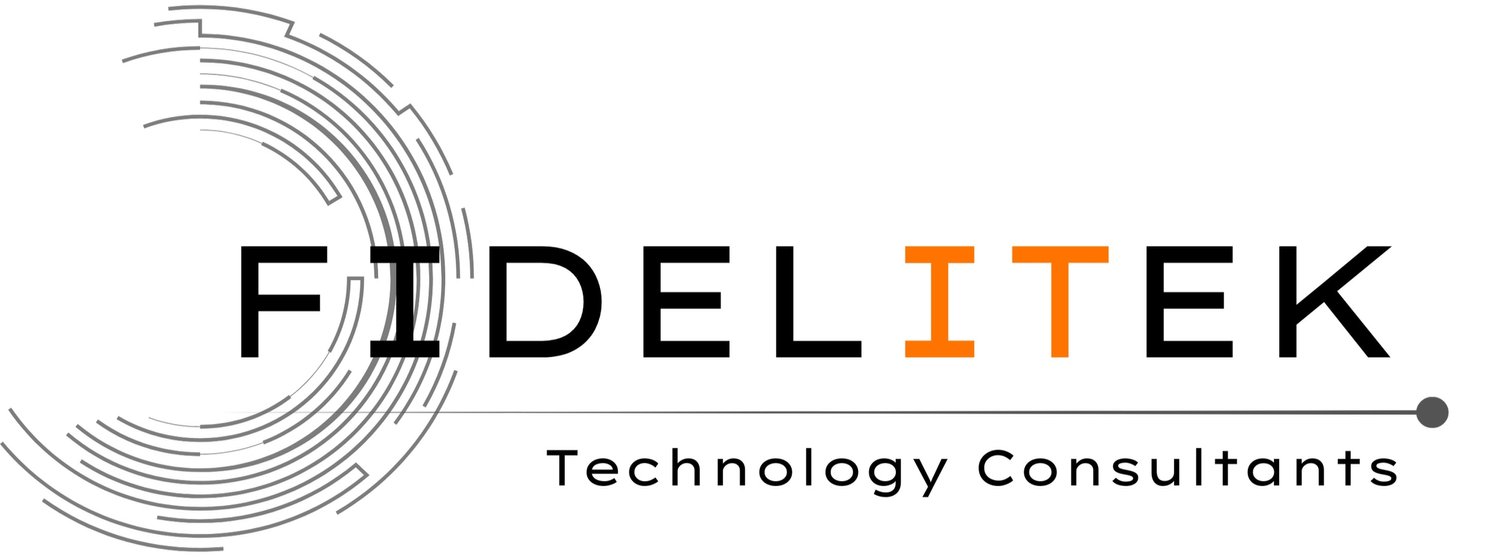What is the difference between an MSSP and an in-house cybersecurity team?
Companies face an array of cybersecurity threats. Choosing the best defense strategy can be challenging, with two primary options available: partnering with a Managed Security Service Provider (MSSP) or building an in-house cybersecurity team. Understanding the differences between these two approaches is crucial for making the right decision based on your company’s specific needs, budget, and goals. Below, we’ll break down the key differences between an MSSP and an in-house cybersecurity team, looking at cost, expertise, scalability, and more to help guide your decision.
1. Cost Structure: Predictable Spending vs. Capital Investment
MSSP: Managed Security Service Providers generally operate on a subscription-based or pay-as-you-go model, providing a predictable monthly or annual cost. This fee structure includes access to cybersecurity tools, monitoring services, and expert support. By outsourcing, companies avoid the expenses associated with hiring, training, and maintaining a full-time cybersecurity team.
In-House Cybersecurity Team: Building an in-house team requires a significant upfront investment in recruitment, training, and tools. Companies need to budget for salaries, benefits, hardware, software licenses, and ongoing training. While there’s potential for more direct control, the costs associated with an in-house team can fluctuate based on factors like personnel changes, technology updates, and necessary security upgrades.
2. Expertise and Skill Availability
MSSP: MSSPs bring a wealth of expertise, with cybersecurity specialists who stay up to date on the latest threats, trends, and tools. An MSSP often has a team of analysts, security architects, and incident responders, offering a range of specialized skills. This expertise is especially valuable for companies without the resources to hire top-tier talent.
In-House Cybersecurity Team: Developing an in-house team with equivalent expertise can be challenging, as cybersecurity talent is in high demand and often comes at a premium. Building a skilled team requires not only hiring experienced professionals but also investing in continuous training. While the in-house team has the advantage of being immersed in the company’s specific environment, building expertise across diverse threat areas may be difficult.
3. Scalability and Flexibility
MSSP: Scalability is a key advantage of using an MSSP. As your company grows, an MSSP can quickly adjust its services to meet increased security demands without the need for hiring additional personnel. MSSPs often provide flexibility in their service offerings, allowing companies to adjust service levels based on changing needs, which can be particularly beneficial during periods of rapid growth.
In-House Cybersecurity Team: Scaling an in-house team is typically slower and more complex. Expanding your team requires hiring new talent, which can be time-consuming and costly. Additionally, scaling may involve implementing new tools and infrastructure, which can lead to increased operational complexity.
4. Around-the-Clock Monitoring and Incident Response
MSSP: MSSPs provide 24/7 monitoring, which is crucial for detecting and responding to security incidents at any time. With dedicated teams operating in shifts, an MSSP can ensure that threats are addressed immediately, even outside regular business hours. This is especially useful for small to medium-sized businesses that may not have the resources to staff an in-house team around the clock.
In-House Cybersecurity Team: Maintaining 24/7 monitoring with an in-house team can be a major undertaking, often requiring a larger team to support rotating shifts. While large enterprises may afford this, it can be cost-prohibitive for smaller companies. However, an in-house team can be beneficial for responding to incidents with company-specific knowledge, offering tailored responses to threats.
5. Technology and Tool Access
MSSP: MSSPs typically have access to advanced security tools and technologies, including threat intelligence feeds, Security Information and Event Management (SIEM) systems, and advanced analytics. MSSPs invest in high-quality tools to serve multiple clients, allowing even smaller businesses to leverage enterprise-grade technology without a substantial investment.
In-House Cybersecurity Team: An in-house team can have access to the same level of tools, but these technologies often come at a significant cost. In addition to the initial expense, companies need to invest in training their team to effectively use these tools. However, an in-house team can customize tools to their specific environment and may achieve greater integration with existing IT systems.
6. Data Control and Customization
MSSP: When partnering with an MSSP, some control over data security practices may be relinquished. While MSSPs are typically transparent and compliant with regulations, companies need to trust the provider with their sensitive data. However, most MSSPs offer customizable service plans and adhere to strict data protection protocols, ensuring security without sacrificing flexibility.
In-House Cybersecurity Team: An in-house team offers full control over data, security protocols, and response plans, which is essential for companies with strict compliance needs or those in highly regulated industries. This approach allows for customized solutions tailored to the company’s unique infrastructure and needs.
7. Compliance and Regulatory Knowledge
MSSP: MSSPs are experienced in meeting industry-specific compliance requirements, such as GDPR, HIPAA, and PCI-DSS, often working across sectors and understanding regulatory nuances. This is beneficial for companies needing compliance expertise without investing in specialized training or personnel.
In-House Cybersecurity Team: An in-house team can achieve the same compliance but will require personnel who are trained and well-versed in specific regulatory requirements. While this approach can provide greater assurance, it demands investment in training or hiring compliance specialists.
Choosing Between an MSSP and an In-House Cybersecurity Team
Choosing between an MSSP and an in-house cybersecurity team depends on your company’s budget, need for control, compliance requirements, and long-term goals. For companies seeking a cost-effective, scalable, and flexible solution, an MSSP can provide high-quality protection with minimal internal resource allocation. Explore Fidelitek’s services today!


